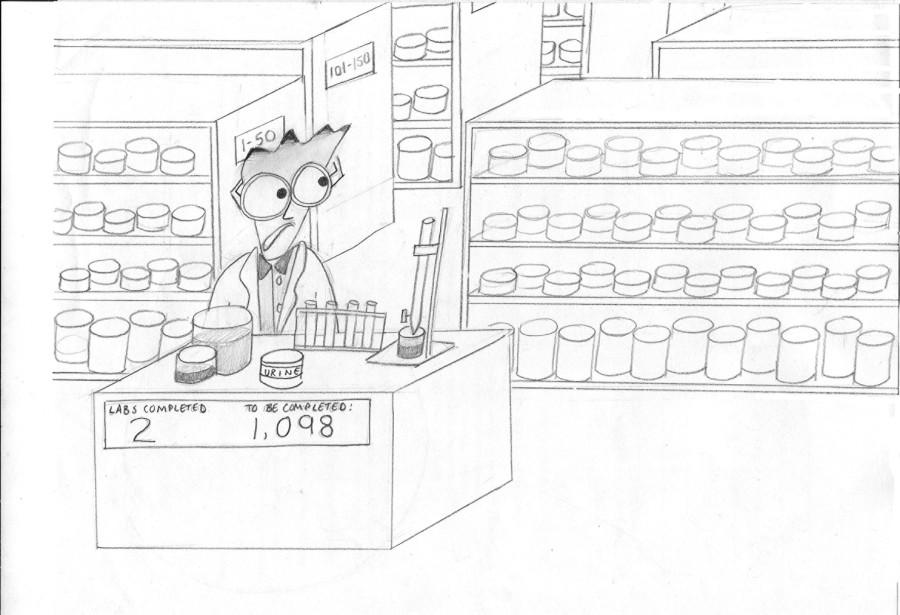Initially proposed two years ago, District 95 is now considering a plan to hire a Student Assistance Program counselor to lead drug education programs. The plan also institutes drug testing at LZHS beginning in the 2011-2012 school year, a problematic and ineffective addition that should be abandoned.
The drug testing portion of the proposal, which was set aside when the funds were eliminated during the budget crisis, would allow the District to conduct 25 random drug tests per month on any student participating in a sport or extracurricular activity, as well as those who have a parking space on campus.
The main goals of the testing are to identify at risk or addicted students, as well as to influence students not to take drugs in the first place.
“There are many components to the program, like education and prevention,” Barbara Belke, social worker and sponsor of the plan, said. “My goal [for the drug testing component] is to identify students that are at risk for addiction.”
LZHS is a school with around 2000 students, with around 1200 in a sport, in a club, or with a parking space. Twenty-five is a small sampling, and the odds of getting chosen are small as well, odds that risk-taking teenagers would be willing to play. The risk involved is one reason many choose to take drugs in the first place.
The other problem is that the testing would serve as a deterrent for clubs and sports as well. Drugs have a strong pull, and users would be just as, if not more likely to choose them over an after school activity.
They, along with other drug users who do not participate in extracurricular activities, would be safe from being identified and wouldn’t receive help.
Increasing the number of students tested would increase the number of students deterred by drug testing, but it would also increase the cost.
Projected costs already amount to $1000 for testing and $2500 for equipment, and this will go up if the District chooses to include hair testing to avoid the discomfort some have with the current option, urine testing.
While the District can afford it, this is not what it should be spending its money on. The school, the clubs, and the athletics program would benefit more from other purchases.
“I’d rather have new equipment,” Tom Doherty, senior and soccer player, said. “They’re not catching many people [at other schools], and it wouldn’t make a big impact on the community.”
The number of students the program would actually catch using drugs is another issue. In the current plan, the program will test for marijuana, cocaine, opiates, methamphetamines, benzodiazepines, and oxycontin.
Alcohol, the most used of any drug at LZHS according to surveys referenced in the proposal, has been excluded, as it leaves a person’s body without a trace after several hours.
But alcohol is not the only one that disappears quickly. Many drugs, including amphetamines, heroin, inhalants, and cocaine, can disappear from a user’s body in as little as a day, according to OHS Health & Safety Services, Inc., a company that provides workplace drug testing.
The odds of catching anyone other than a heavy marijuana user are slim. District 117 in Antioch, which has a program similar to this one, catches only one to two students per year, according to an October article in TribLocal (Chicago Tribune).
The District has good intentions of helping its high school students turn away from drugs, and the Student Assistance Program counselor will be effective to this end. However, the drug testing will not see the same success. The District would be better off excluding this section and helping the SAP counselor create, encourage, and expand programs like Red Ribbon Week, which currently do not get as much attention as they should.
The meat of the proposal involves these prevention and education programs. The District is looking into having more anti-drug programs in the middle schools as well, where the DARE program was eliminated with the budget cuts. These programs can reach far more people, and would be more effective in changing attitudes about drugs.
The drug testing portion is just too inefficient, especially considering the plethora of better options. District 95 should not waste its money.

